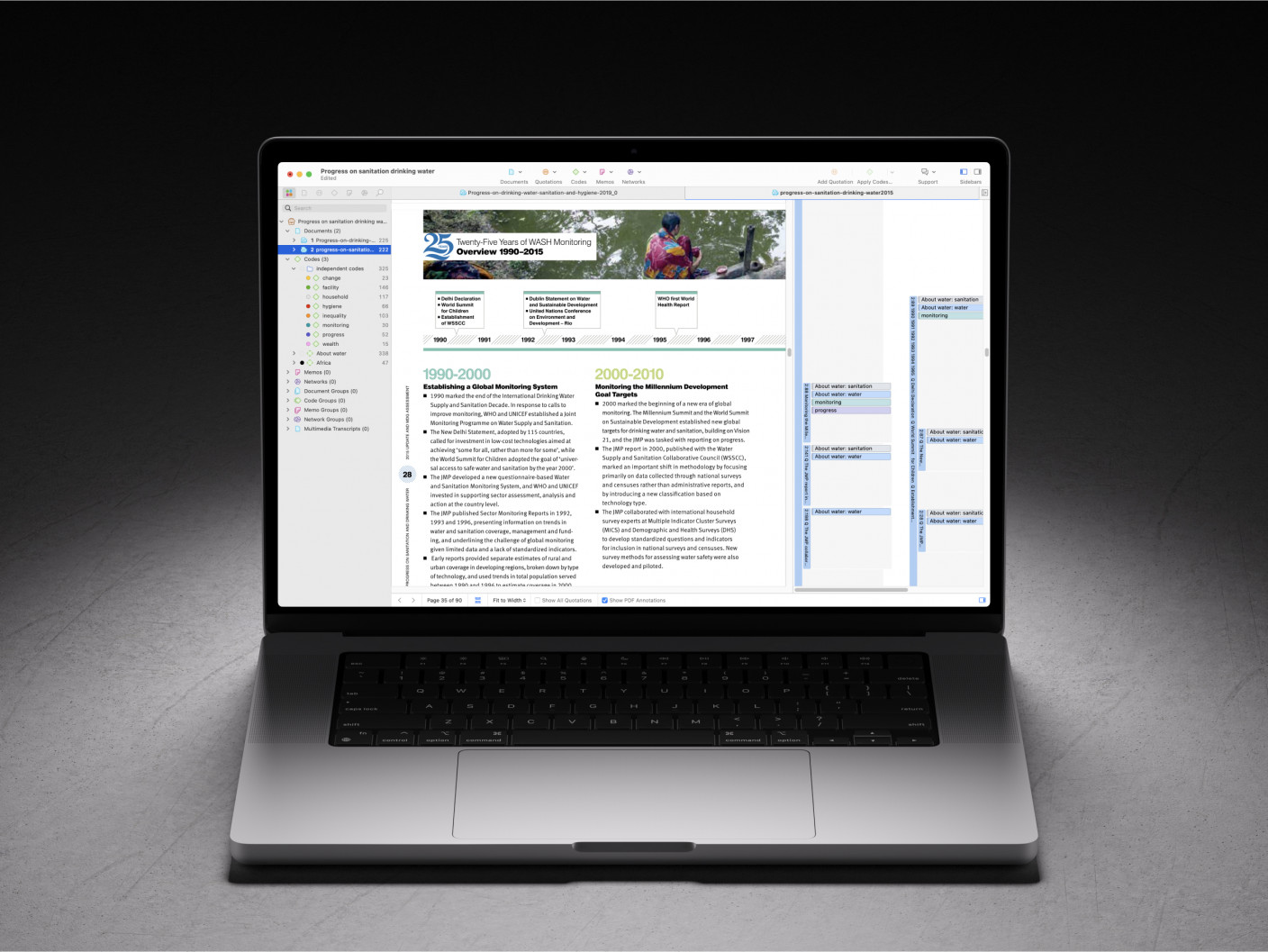Designing and conducting structured interviews
Designing and conducting structured interviews
When planning a structured interview, the research design plays a crucial role. The interview guide, which contains all the questions the interviewer will ask, should be carefully designed based on a thorough literature review. This ensures that the questions are relevant and grounded in existing research.
In designing the interview, it’s important to consider the conditions under which the interview will be conducted. Uniformity in the interview environment can help mitigate external factors that may influence respondents’ answers. For instance, interviews should ideally be conducted in quiet, comfortable settings to facilitate open communication.
Creating an interview guide involves crafting questions that align with the research goals and the theoretical framework. The number of questions may vary depending on the available time, but it’s important to balance the depth of the questions with the length of the interview. Conducting pilot interviews helps fine-tune the questions and identify any issues before the actual data collection begins.
Collecting and analyzing data
Data collection in structured interviews is straightforward. The interviewer records the responses, typically using an audio recorder or, in some cases, video equipment for a more in-depth analysis of body language and facial expressions. After the interview, the recordings are transcribed for analysis.
In qualitative research, thematic analysis is a common method for analyzing structured interview data. The researcher identifies recurring themes and codes the responses accordingly. Since the questions are asked in a consistent order, it is easy to categorize and compare responses across participants. Software tools like ATLAS.ti can assist in organizing and coding the data.
Semi-structured interviews
Semi-structured interviews are an effective method in qualitative research that allows for more flexibility than structured interviews while still providing a framework to guide the conversation. This format enables researchers to dig deeper into respondents’ perspectives, offering the freedom to ask follow-up questions, yet still ensuring that essential topics are covered.
Advantages of semi-structured interviews
The primary benefit of semi-structured interviews is the ability to probe deeper into the respondent’s answers. Unlike structured interviews, where the questions and order are fixed, semi-structured interviews allow the interviewer to follow up on interesting or unexpected points. This flexibility helps to elicit richer, more detailed information that can provide greater insights into the research topic.
Another advantage is that, despite the flexibility, the predetermined questions still provide structure. This ensures that key topics relevant to the research are thoroughly explored, even if the conversation takes different directions. The balance between flexibility and structure makes semi-structured interviews particularly useful in studies where a combination of depth and focus is necessary.
Disadvantages of semi-structured interviews
However, the open-ended nature of semi-structured interviews can also be a disadvantage. Because the conversation can sometimes stray off-topic, the interviewer must be skilled in keeping the discussion aligned with the research question. If the conversation diverges too much, the collected data may not be relevant to the research goals, leading to challenges in analysis.
Another downside is that semi-structured interviews require a more engaged interviewer. Active listening is critical to pick up on opportunities for further questioning, which means that interviewers need sufficient training. Inexperienced interviewers may struggle to maintain the balance between letting the conversation flow and keeping it focused on the research objectives. This adds a layer of complexity to the interview process that isn’t present in more structured formats.

When to use a semi-structured interview
Semi-structured interviews are most beneficial when a researcher seeks to explore individual experiences and perspectives on a particular topic. This format is particularly useful when building theories in areas where existing literature lacks theoretical coherence. Since the conversation can adapt to the respondent’s insights, the semi-structured interview allows researchers to delve deeper into emerging ideas.
Researchers who use semi-structured interviews should have a clear agenda and specific research objectives to ensure the interviews remain focused. These objectives will guide the core questions posed to respondents while still allowing flexibility for further exploration. In studies that aim to explore personal experiences or build theories, the semi-structured format is ideal because it enables probing into respondents’ ideas without losing sight of the research goals.

